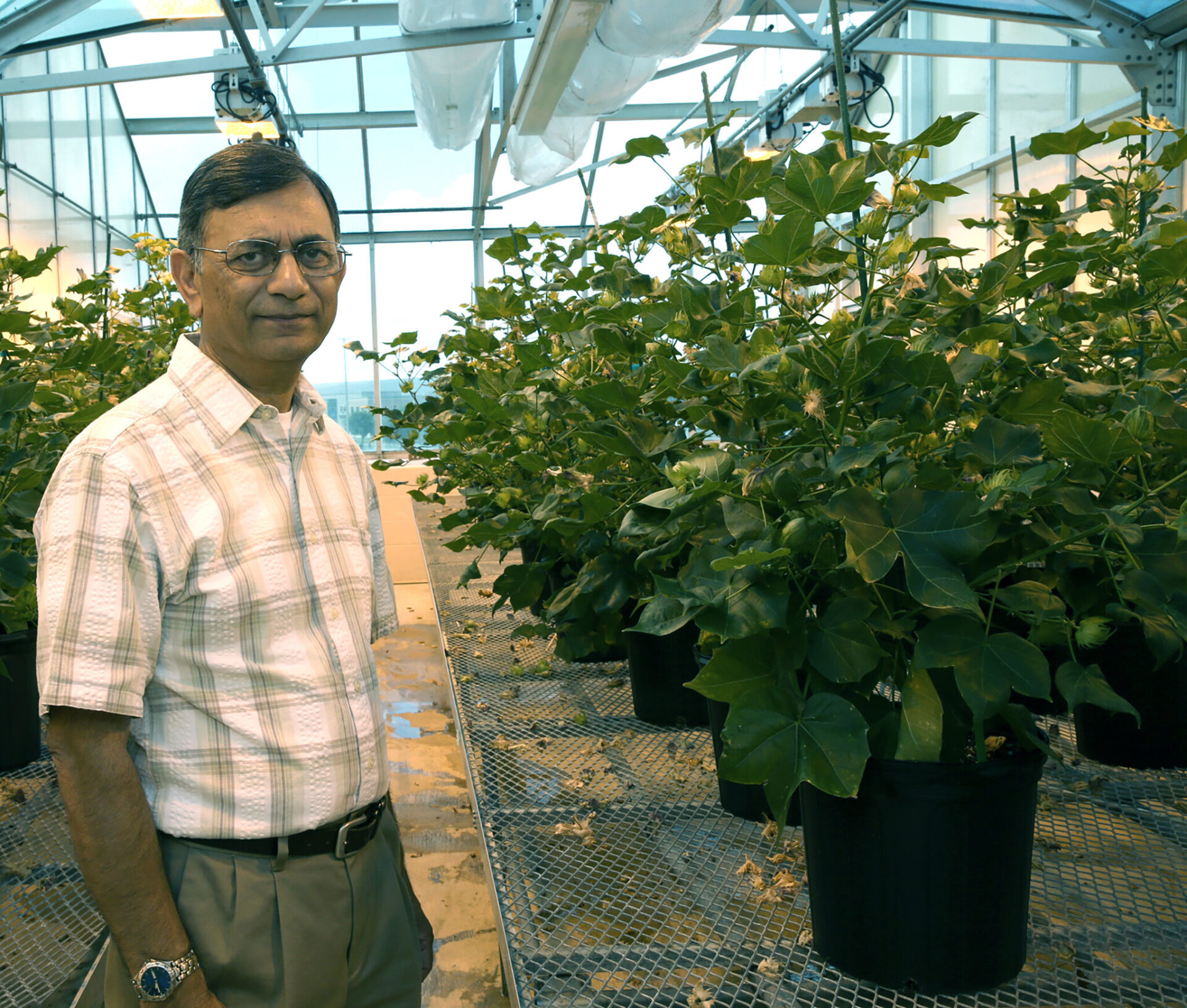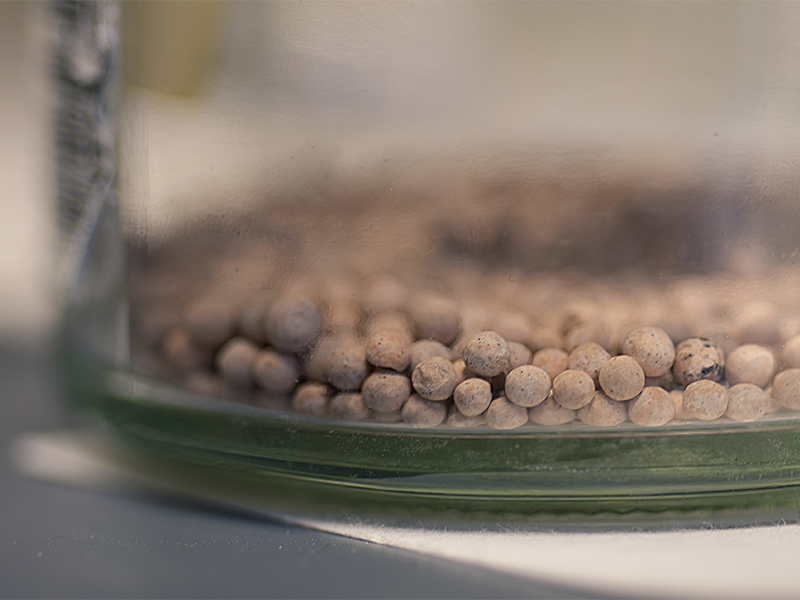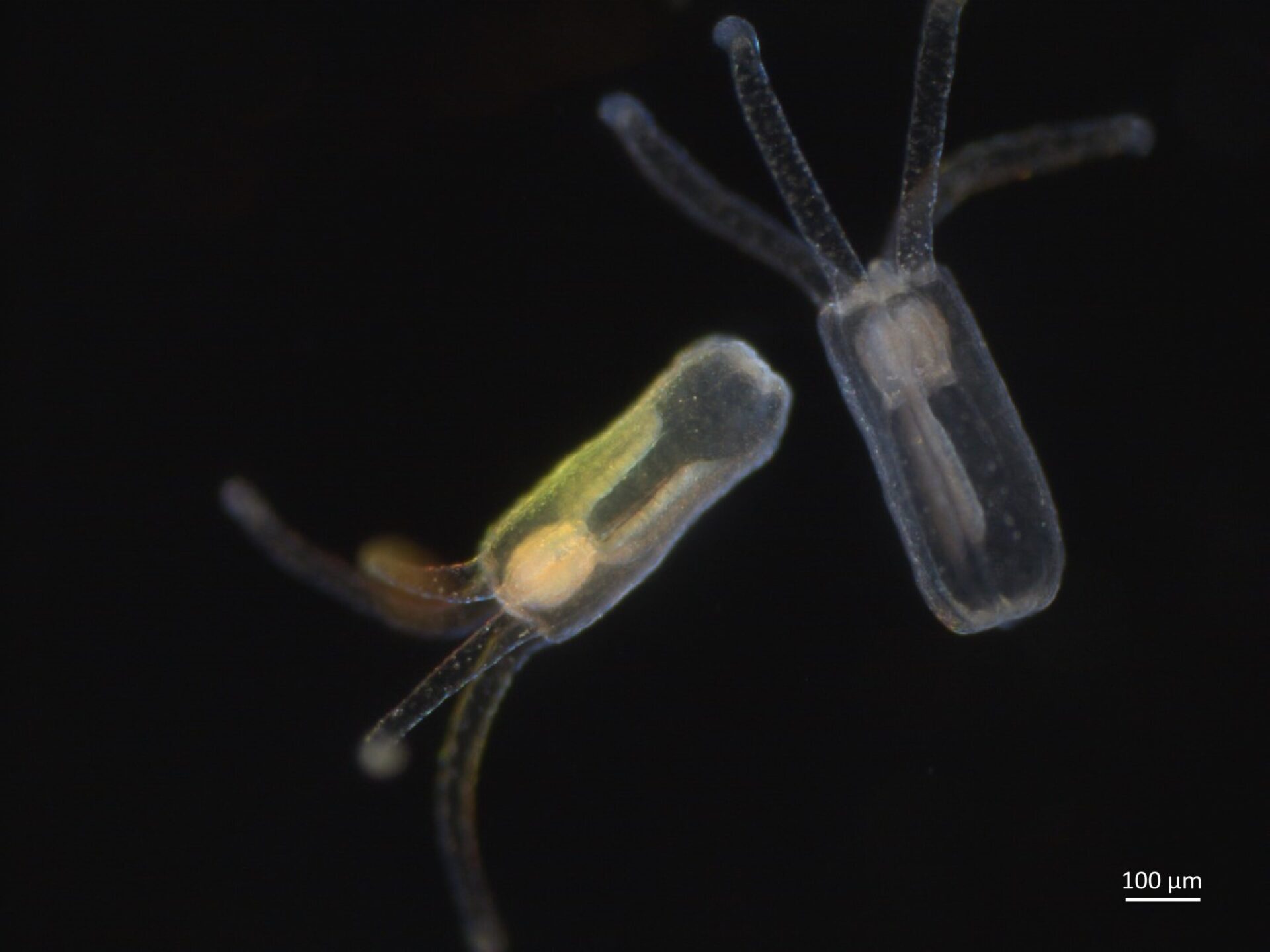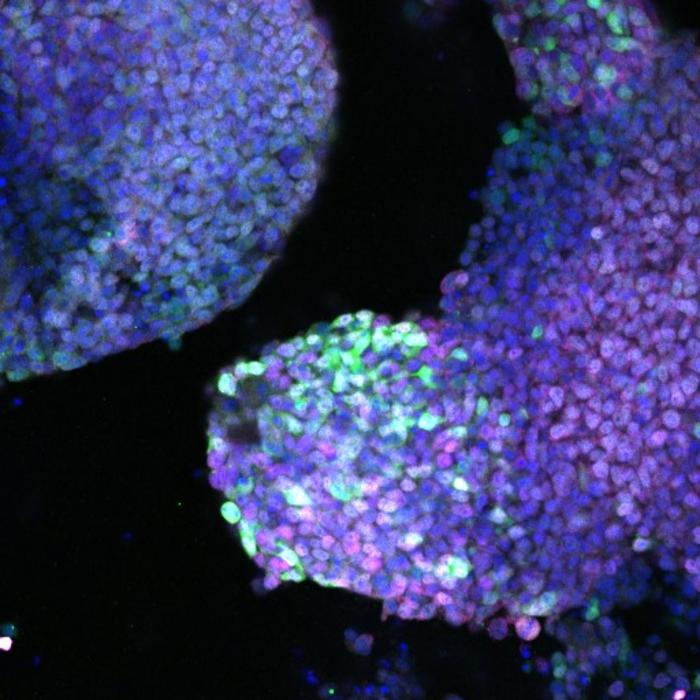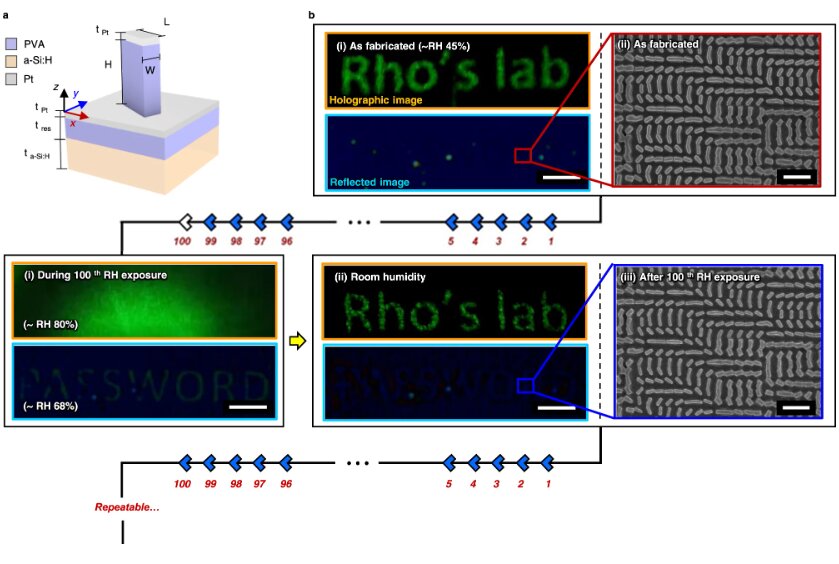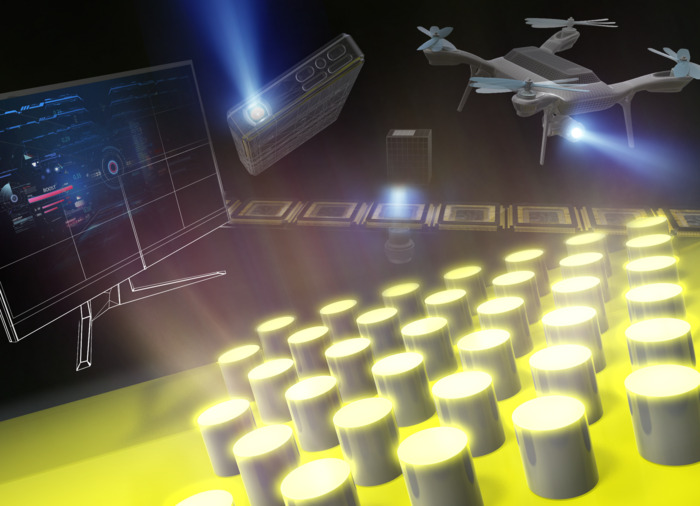
Nanoantenna phosphors comprising of a periodic array of nanoparticles on the phosphor plate can tailor the spatial radiation pattern of the photoluminescence for smaller, lighter and brighter solid-state lighting devices.
CREDIT: KyotoU/Shunsuke Murai
Titanium oxides found to significantly increase efficiency and photoluminescence
White LEDs may soon be dethroned as the world’s go-to light source by an alternative with a much better sense of direction.
As a next-generation optical control technology, a photonic crystal or nanoantenna is a two-dimensional structure in which nano-sized particles are arranged periodically on a substrate. Upon irradiation, the combination of a nanoantenna with a phosphor plate achieves an ideal mix of blue and yellow light.
White LEDs have already been improved upon in the form of white laser diodes, or LDs, which consist of yellow phosphors and blue LDs. While the blue LDs are highly directional, the yellow phosphors radiate in all directions, resulting in an undesired mixing of colors.
To address this issue, researchers have developed phosphor plates combined with nanoantennas using metallic aluminum, enabling increased photoluminescence. Aluminum nanoparticles effectively scatter light and improve light intensity and directionality; however, aluminum also absorbs light, reducing the output. This is a major bottleneck, especially in high-intensity lighting applications.
Now, a team of researchers at Kyoto University has achieved a ten-fold enhancement of forward-directed photoluminescence by replacing aluminum with a better material.
“It turns out that titanium dioxide is a better choice for its high refractive index and low-light absorption,” says lead author Shunsuke Murai.
Although the light-scattering intensity of titanium oxide initially appeared inferior to metallic aluminum, the team used computer simulations to devise the optimal nanoantenna design.
“The new nanoantenna phosphors are advantageous for intensely bright yet energy-saving solid-state lighting because they can suppress temperature rise when irradiated,” explains Murai.
“During the process of finding the optimal dimensions, we were surprised to discover that the thinnest phosphors gave the brightest photoluminescence, demonstrating how to increase the forward radiation intensity and overall performance.”
Original Article: Nanoantennas directing a bright future
More from: Kyoto University
The Latest Updates from Bing News
Go deeper with Bing News on:
Nanoantennas
- Feed has no items.
Go deeper with Bing News on:
Photonic crystal
- Light Brought 'To a Halt' in Quantum Breakthrough
The bizarre feat can be achieved in special, two-dimensional crystals by deforming them only slightly, a new study discovered.
- UoH invention granted patent
University of Hyderabad professor and student patent invention for molecular single-crystal photonic micro-resonators, using focused ion beam milling.
- Quantum leap: Scientists make light waves ‘stand still’
Scientists have discovered a novel method to manipulate light waves, using nanophotonics, by deforming the two-dimensional photonic crystal that contains them.
- Crystal-Optech
Zhejiang Crystal-OpTech Co., Ltd is principally engaged in the manufacture, processing and sale of optoelectronic components. The Company's major products include precise optical thin film ...
- A nanophotonic fiber-tip solution to detect the ultrasmall
(Nanowerk News) Using an ultrasensitive photonic crystal, TU/e researchers were able to detect single particles down to 50 nanometers in diameter. The new research has just been published in the ...

